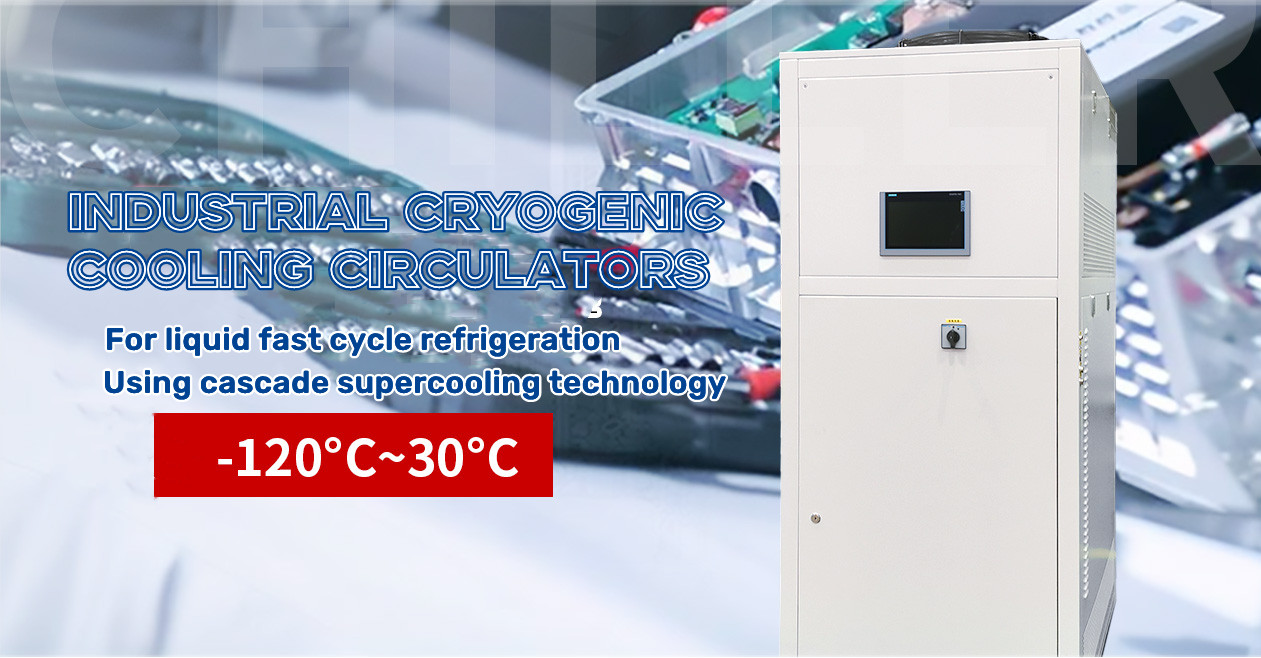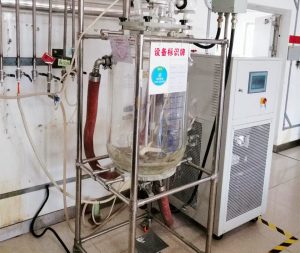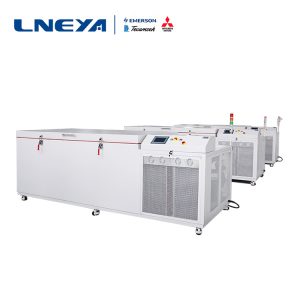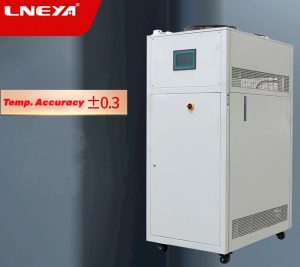Which part of the chip testing system requires high and low temperature control?
In the chip testing system, the environmental control equipment requires high and low temperature control. Specifically, this section mainly includes the following two key devices:
- High and low temperature test chamber (also known as temperature chamber or temperature control chamber): This is a closed device that can accurately control temperature within a set range, used to simulate the working environment of chips under extreme or specific temperature conditions. During the chip testing process, the chip under test (DUT) or the entire testing device (including the test socket, interface board, etc. where the DUT is installed) will be placed in the test box. The high and low temperature test chamber can automatically heat and cool, and test according to the preset temperature cycle mode (such as temperature range, lifting rate, holding time, etc.). This can evaluate the electrical performance, functional stability, thermal behavior, and potential reliability issues of chips under high temperature, low temperature, or rapid temperature changes (temperature shocks).
2. Temperature control system: For certain testing applications that require precise temperature control and rapid temperature change response, independent temperature control units may also be equipped, such as heat flow meters, thermoelectric refrigerators (TECs), etc. These devices can directly come into contact with chips or test fixtures, achieving fast and accurate temperature control of the chip’s local area.

For example, in the high and low temperature testing of microcontroller MCU chips, such temperature control devices may be used in combination with high and low temperature testing machines to accurately control the operating temperature of the chip. The application of high and low temperature control in chip testing is mainly reflected in the following aspects:
^Tolerance test: Check whether the chip can still function normally even when it exceeds the normal operating temperature range (such as -40 ° C to+125 ° C or a wider range), as well as the performance degradation.
^Thermal stress testing: Evaluate the thermal fatigue and potential thermal mechanical failure risk of chips by simulating possible cold and hot impacts in practical applications through rapid temperature changes (temperature cycling).
^Thermal characteristic analysis: Determine the thermal resistance, thermal diffusion coefficient, junction temperature and other thermal parameters of the chip to help optimize heat dissipation design and thermal management strategies.
^Reliability verification: Running chips at extreme or edge temperatures for extended periods of time to accelerate exposure to potential lifespan related issues such as early failure, aging effects, etc.
^Functional verification: Verify the functional consistency of the chip at different temperatures to ensure that it meets the design specifications throughout the entire operating temperature range.
In summary, the part of the chip testing system that involves high and low temperature control is mainly used to provide and accurately control the environmental control equipment of the testing environment temperature, including high and low temperature test chambers and temperature control systems, which are crucial for evaluating the performance, stability, and reliability of the chip under various temperature conditions.
DEMANDE DE RENSEIGNEMENTS
Nous avons développé et mis en œuvre de nombreuses options pour aider nos clients à trouver des solutions de refroidissement industriel rentables. Nous disposons d'une équipe expérimentée prête à vous aider à répondre à vos besoins spécifiques. Pour votre commodité, si vous avez des besoins spécifiques, n'hésitez pas à nous appeler ou à nous envoyer un courriel et nous répondrons rapidement à votre demande.


Courriel : sales@cnzlj.com
WhatsApp : 086 13912479193
Recommandations connexes
-
Différentes fonctions de refroidissement et de chauffage du réacteur sur la température
1008Le refroidisseur de refroidissement et de chauffage du réacteur est une sorte de machine de réfrigération, car son composant principal utilise un compresseur à vis, qui peut être appelé refroidisseur à basse température du réacteur par son nom, et est largement utilisé dans les pro...
Voir les détails -
Comment traiter le givrage dans les systèmes de réfrigération cryogéniques ?
1011Si le système de réfrigération à basse température a été givré, croyant que certaines entreprises ont rencontré, alors comment devrions-nous faire face à une telle situation ? Existe-t-il des méthodes pour résoudre ce problème ? Aujourd'hui, nous allons en savoir un peu plus sur le sujet avec LNEYA refr...
Voir les détails -
What is the temperature control of the reactor?
1186The reactor cooling system is one of the common equipment in the chemical industry. It can not only heat but also refrigerate to meet the needs of heating and cooling in the reaction process. There are usually three ways to control the temperatu...
Voir les détails -
Atteinte par la poussière du système de contrôle de la température de l'huile thermique d'un réacteur
910Dust in daily work will also have a certain impact on the circuit board work of the thermal oil temperature control system of the reactor. Dust is an unevenly dispersed system composed of particles suspended in the air. It mainly comes from indu...
Voir les détails
 LNEYA Industrial Chillers Fabricant Fournisseur
LNEYA Industrial Chillers Fabricant Fournisseur














